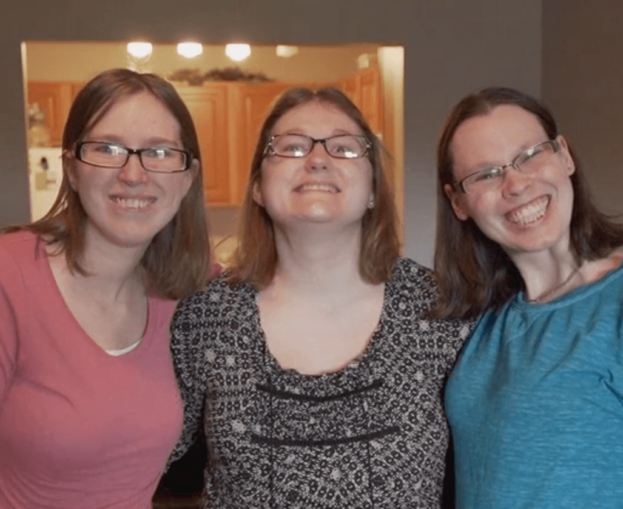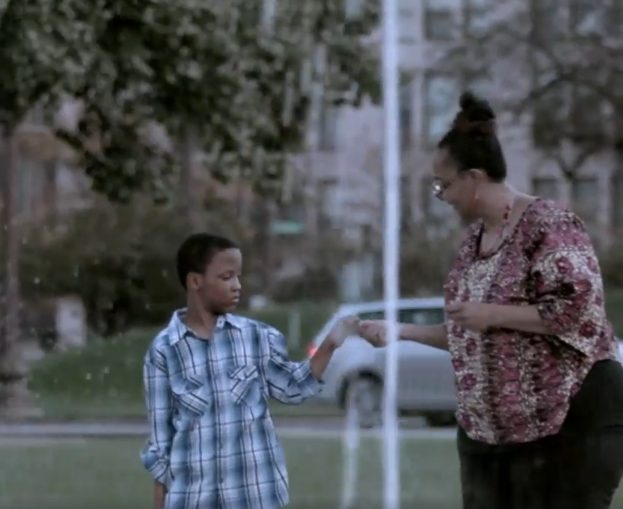No Place to Call Home
A place to call home is generally accepted as one of life’s most basic needs. For many people with intellectual and developmental disabilities – and the people who care for them – it’s also one of life’s most pressing challenges. Barriers ranging from affordability to discrimination can block them from the long-term security and happiness a home can bring.
This is a problem that must – and, I believe, can – be resolved, but doing so will require creativity, forward-thinking and compassion.
In some ways, this challenge comes from progress we have made in providing services to people with these disabilities. Not so long ago, we basically had two options for people with significant disabilities. They could be institutionalized, which meant that they would receive some level of services and government support, but they would live separated from their communities and families. As a second option, they could remain with family or other caregivers in a home setting, but then they would receive few services and no government support.
A great step forward came in 1991, when the Medicaid Waiver program was approved to allow states to fund care and services for people with intellectual and developmental disabilities who did not live in institutions. Indiana actually was among the leaders in this area, having offered some waivers as early as 1981, but the federal waiver program ensured that more people would have the option of receiving services without being institutionalized.
In Indiana today, some 10,000 people receive support services through the Medicaid Waiver program (according to figures from a 2012 Indiana Division of Disability and Rehabilitative Services report). While that’s an impressive number, almost twice that number (19,500) are on a waiting list for services … and that doesn’t include the hundreds or perhaps thousands of children with developmental disabilities who receive services through the Indiana Department of Child Services and local school systems through the Indiana Department of Education.
So, with all of these services in place, we shouldn’t have to worry about housing for these folks, right?
Unfortunately, we do, for a few reasons. Most obviously, we see that gap between the number of people who need waiver services and the number actually receiving them. Simple math makes that challenge clear.
But other factors are at play as well. For one, more and more children are being identified with developmental disabilities. In the last decade alone, we have seen a 150 percent increase in the number of school-aged children with disabilities and autism.
Also, this population is living longer than in the past thanks to a greater understanding of medical challenges associated with their disabilities, better living conditions and other factors. This has a two-fold effect: It means more individuals with disabilities are living among us every day, and it also means that many of them outlive the people who care for them – too often leaving them without adequate care and support. And this problem is likely to grow: Today, across the United States, nearly 1 million people with developmental disabilities and autism are provided care by a caregiver who is age 60 or older.
Then there’s the issue of housing affordability. While waivers and other programs provide some support to people with disabilities, that support is insufficient to meet all needs. According to studies, across the country, approximately 5 million non-institutionalized citizens with disabilities who rely on social security have average incomes of less than $9,000 per year.
While that level of income would put safe, secure housing out of reach for anyone, it’s is even more limiting for people with disabilities. People with intellectual disabilities and autism often require housing and environmental accommodations in their homes. Finding housing with even basic accessibility features (such as an entrance ramp) can be nearly impossible; homes with more “advanced” accommodations such as lowered kitchen counters, roll-under stoves and wheel-in showers are usually far beyond the affordability of individuals with disabilities.
Finally, even if someone with intellectual and developmental disabilities does find an affordable home, many landlords won’t rent to them. This housing discrimination is so prevalent that, in 2014, the majority of complaints received by the Department of Housing and Urban Development came from people with disabilities or people who care for them.
Clearly, this is a complex problem, and it is unlikely a simple, quick solution can be found. However, we must begin to chip away at these barriers to safe, secure and affordable housing for people with disabilities. One of the few resources available to us in this fight, Section 811 of the Affordable Housing Act – the only HUD program dedicated to very low-income people with significant disabilities – has very limited funding.
Changes must be made. We must find ways to address the growing housing challenges facing people with intellectual and developmental disabilities and the people who care for them. We must increase available resources, overcome affordability issues and end housing discrimination. We must do this not only because it is the compassionate, humane thing to do, but also because, if we don’t, then so many other efforts we make on behalf of these special people will be undermined.
After all, how well could you engage in education, training and growth programs if you were worried about having a place to live?





